At the International Conference on Innovation Cooperation in Flower and Ornamental Plant Breeding and Development on November 26, scientists from eight countries including Vietnam, China, Singapore, Japan, South Korea, Thailand, Malaysia and Indonesia unanimously announced the Hanoi Declaration. The document demonstrates the determination to build a modern, green and sustainable Asian flower industry; promote regional integration and connectivity, and honor the cultural values and unique identities of each country.
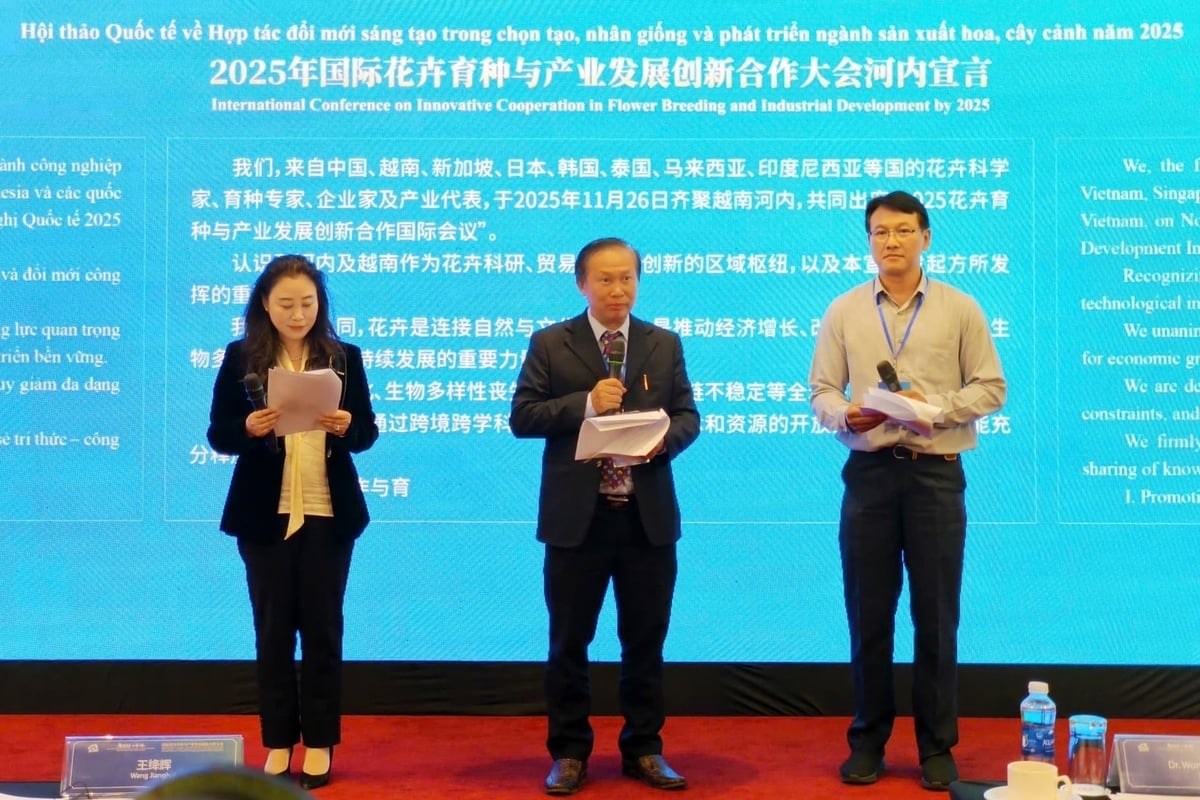
Scientists announced the Hanoi Declaration and received consensus from the Conference. Photo: Trung Hieu.
Delegates affirmed that flowers are not only a bridge between nature and culture but also a driving force for economic growth, improving the quality of life, conserving biodiversity and contributing to sustainable development. In the context of the world facing climate change, biodiversity loss, resource constraints and supply chain instability, only cross-border, interdisciplinary innovation cooperation and sharing of knowledge - technology - resources can help the flower industry to fully exploit its potential.
In the spirit of technological cooperation and innovation leadership, the Hanoi Declaration aims to establish an ASEAN Floriculture Innovation Cooperation Alliance, focusing on molecular breeding, gene editing and advanced technologies. In parallel, it is necessary to build a digital platform for floral genetic resources on the basis of respecting sovereignty and the principle of benefit sharing; promoting the application of big data, artificial intelligence and remote sensing in precision farming and smart plant protection.
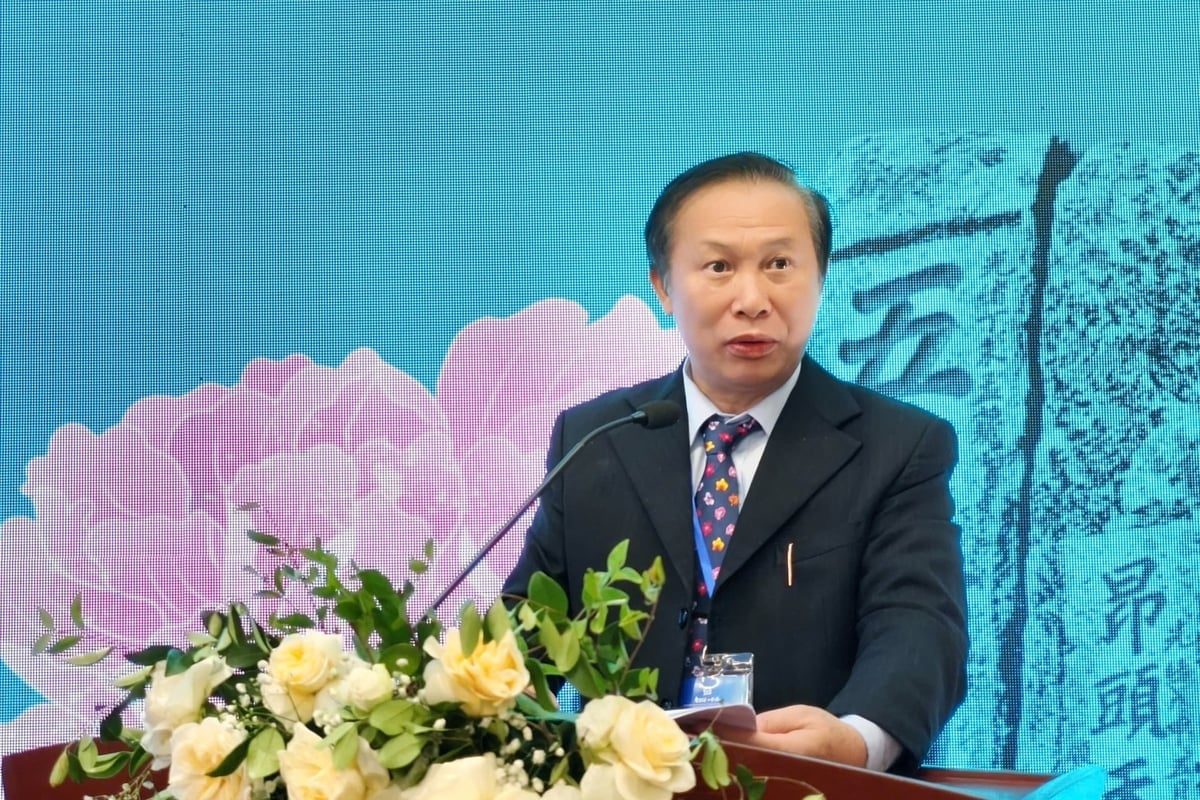
According to Associate Professor, Dr. Dang Van Dong, the Hanoi Declaration is one of the most outstanding results of the Conference. Photo: Trung Hieu.
To ensure an efficient and sustainable value chain, the parties agreed to harmonize cross-border trade procedures, unify quarantine standards and gradually remove technical barriers. The Declaration also calls for the development of post-harvest systems, cold logistics and traceability throughout the entire cycle; promoting flower e-commerce, community agriculture models, tourism - culture - health care associated with flowers; and aiming to build an ASEAN Flower Quality Standards Set.
Regarding the goal of green development and low emissions, scientists proposed to increase water-saving irrigation, organic fertilizers, integrated pest management and renewable energy; reuse flower by-products to produce biomaterials and high-value extracts; develop climate-resistant flower varieties and farming models adapted to climate change; and gradually build a "Flower Industry Emission Measurement Handbook" towards carbon neutrality.

The Hanoi Declaration will become the foundation for the formation of the Asian Chinese Community. Photo: Chu Khoi.
To enhance capacity and share knowledge, countries will build flower industry innovation networks and open knowledge platforms; establish scholarships and exchange programs for young people; promote gender equality and women's leadership. Based on consultations, countries can implement expert exchange programs of three to six months.
Scientists believe that the Hanoi Declaration will become the foundation for the formation of an Asian Chinese Community, promoting common prosperity through science, innovation and extensive cooperation.
According to Associate Professor, Dr. Dang Van Dong, Deputy Director of the Fruit and Vegetable Research Institute (Vietnam Academy of Agricultural Sciences), the Hanoi Declaration is one of the most outstanding results of the Conference and is a document of strategic significance, setting a new direction for cooperation for the Asian flower industry.
“The Hanoi Declaration will be a compass for us to work towards the goal of forming an Asian Chinese Community - a cohesive, creative, prosperous and sustainably developing community,” he emphasized.
Associate Professor, Dr. Dang Van Dong commented that the International Conference on Innovation Cooperation in Breeding and Development of the Flower and Ornamental Plant Industry has provided a comprehensive, in-depth and updated picture of the industry's development trends in the region and the world.
From here, many new approaches were opened, from molecular selection and gene editing on roses, orchids, chrysanthemums, lotus to modernized and automated breeding technologies. The conference also showed the potential for applying artificial intelligence, big data and digital transformation in production; flower development models associated with tourism, e-commerce and landscape economics; and green, circular and climate change adaptation solutions.
The sharing at the Conference not only has high academic and knowledge content but also lays the foundation for the formation of long-term scientific cooperation networks in the future.
Source: https://nongnghiepmoitruong.vn/tuyen-bo-ha-noi-mo-ra-khong-gian-xuyen-bien-gioi-cho-nganh-hoa-cay-canh-d786676.html







![[Photo] Close-up of heavy damage at the school located on the banks of the Ban Thach River](/_next/image?url=https%3A%2F%2Fvphoto.vietnam.vn%2Fthumb%2F1200x675%2Fvietnam%2Fresource%2FIMAGE%2F2025%2F11%2F26%2F1764152130492_ndo_bl_img-8188-8805-jpg.webp&w=3840&q=75)


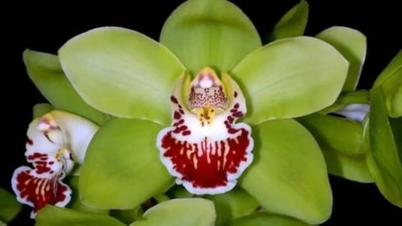




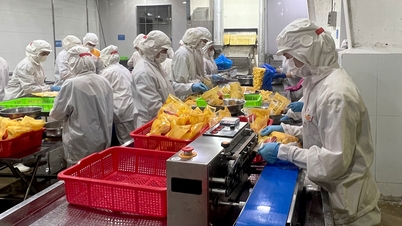



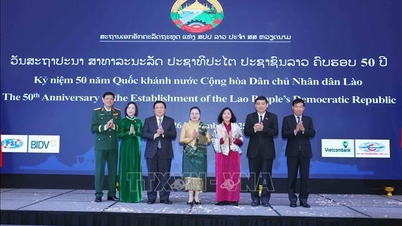













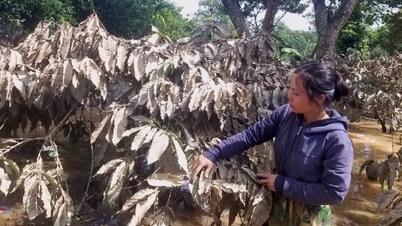










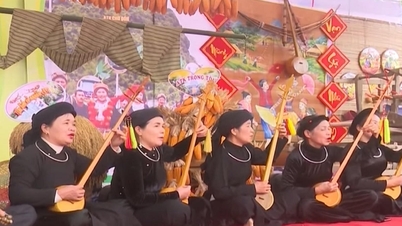







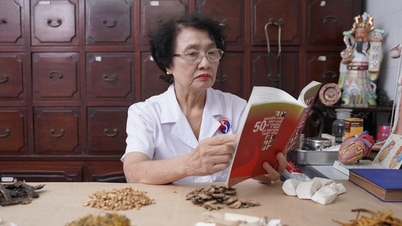

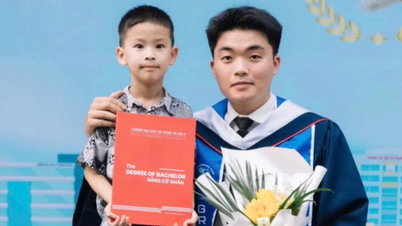

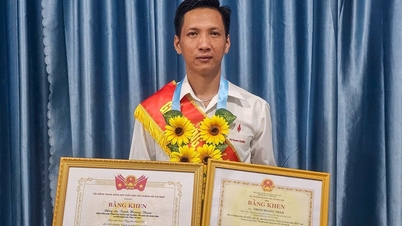





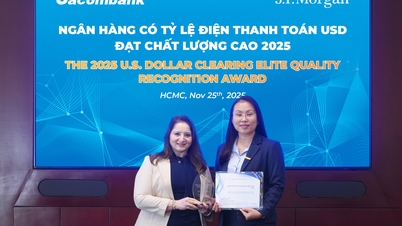

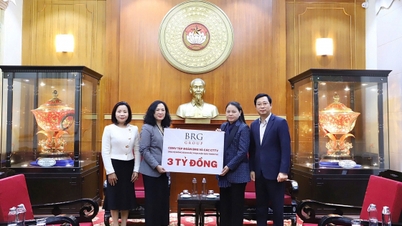










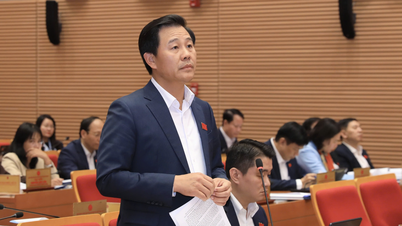
![[Photo] Opening of the 28th Session of the Hanoi People's Council](https://vphoto.vietnam.vn/thumb/402x226/vietnam/resource/IMAGE/2025/11/26/1764155991133_image.jpeg)









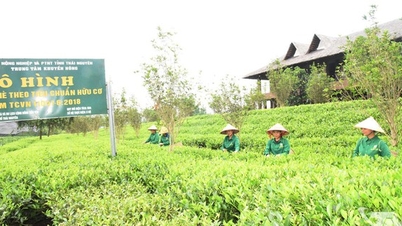







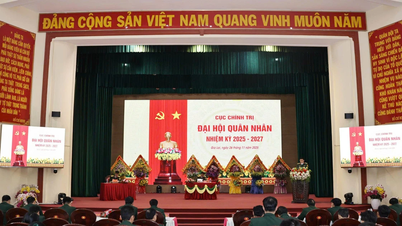














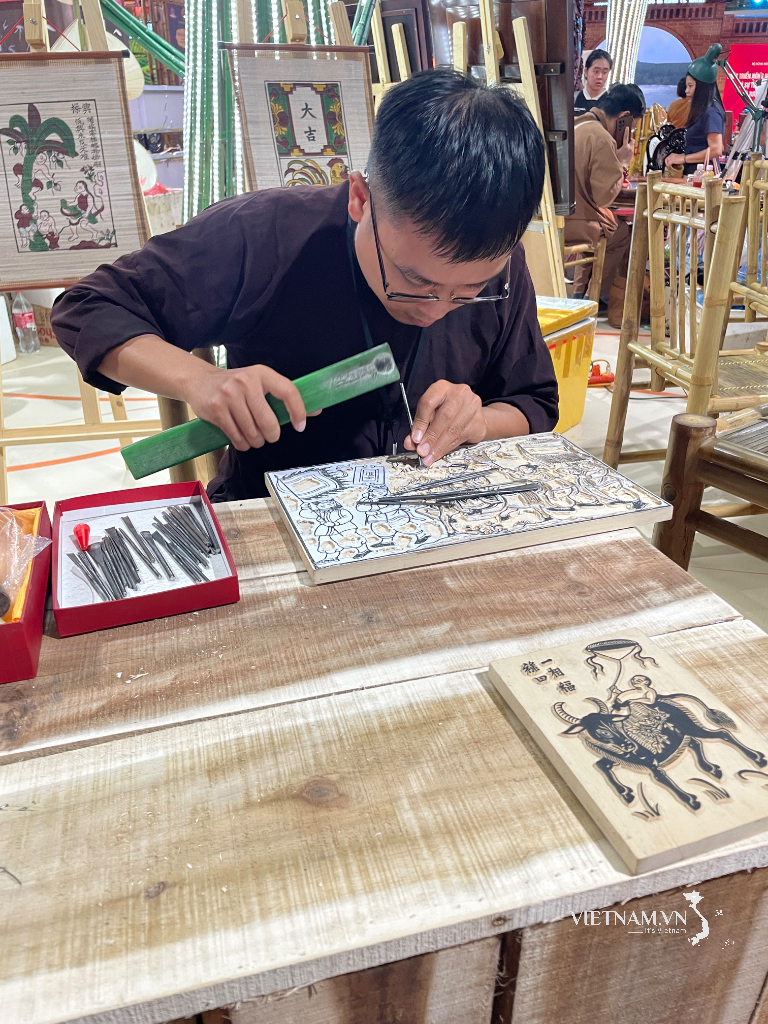
Comment (0)